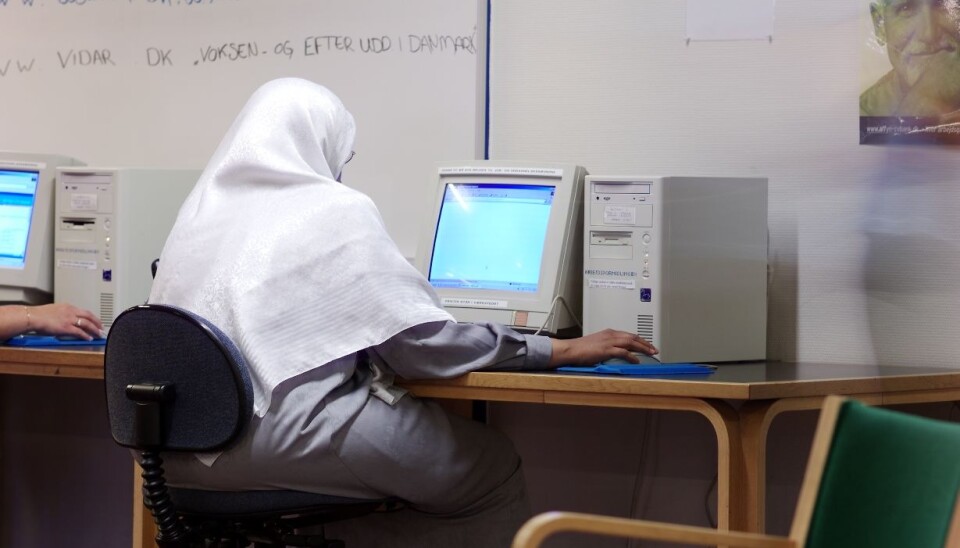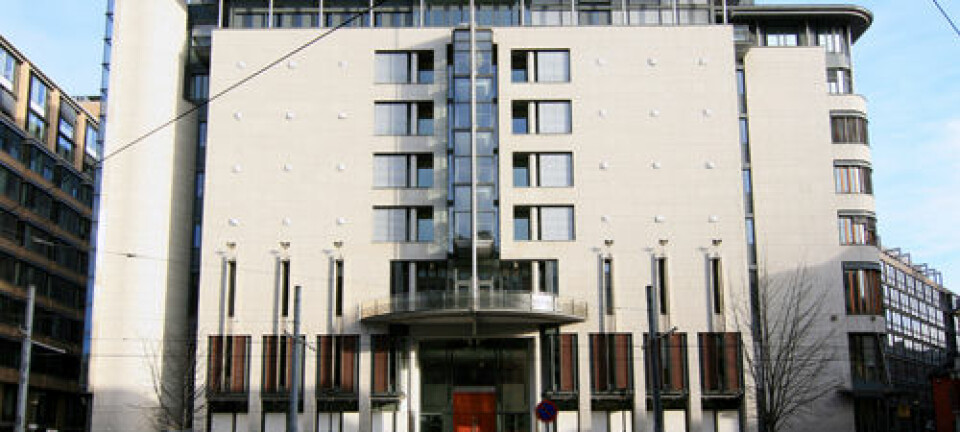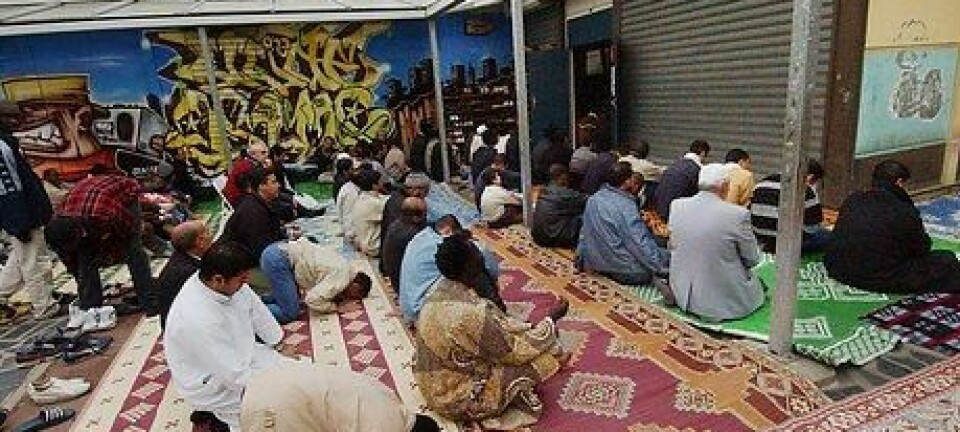
Norway's problem with immigration
Media and politicians spread fear about immigration and foreign cultures. This is a new form of racism, says a researcher who studied the public discourse in Norway before and after the terror attacks in 2011.
Denne artikkelen er over ti år gammel og kan inneholde utdatert informasjon.
Terrorist Ander Behring Breivik expressed political motives for his atrocities on July 22 2011, claiming they were acts of “self-defense” against an “Islamic colonisation” of Europe. He elaborates on his world view in a 1500 page, largely plagiarised manifesto. Breivik is now in prison.
The man's sanity was a pivotal topic in the public debate which followed, but so were possible influences on his extreme right-wing ideology. Breivik was a member of the anti-immigrant and politically populist Progress Party in his young adulthood, but quit in 2007.
A recent study suggests that xenophobia is strong in Norway.
In 2011 Norwegian politicians became acutely concerned about how they might have influenced the terrorist and agreed to tone down the rhetoric in debates on immigration, but as the 2013 general election is fast approaching, it is politics as usual.

“They didn't do as promised,” says Mette Wiggen, Teaching Fellow at the University of Leeds. Her study of xenophobia is based on careful reading of academic literature, mainstream media and online discussions in blogs and on news sites, before and after July 22, 2011.
Xenophobic Norway
Wiggen argues that the public debate on immigration in Norway is fundamentally negative, and that the problems which may or may not arise from multiculturalism are vastly exaggerated.
“I think this negativity is worse in Norway than in European countries with a longer history of immigration” says Wiggen.
She argues that xenophobia is visible in mainstream media, in debates, and in everyday life.
“Even in Oslo you sometimes hear old ladies on the bus commenting on a foreign person's appearance. That's something I don't experience in the UK.”
She argues that xenophobic attitudes are also expressed in social media.
“On Facebook you often see young people leaving comments like 'I'm not racist, but if they can't behave the way we want them to they should just pack it up and go home.' Today such comments are commonplace.”
Populist politics
The Progress Party came under fire after the Breivik atrocities. Media commentators and politicians argued that their strong stance against immigration fed the xenophobia that might have influenced and inspired his ideology.
The party's leader, Siv Jensen, said in 2009 that there is a silent, ongoing “Islamisation” of Norway, and said it “must be stopped.” To support her claim, the party pointed out how other politicians had suggested Muslim holidays, halal food for Muslim prisoners, and blasphemy laws.
Although other political parties have been reluctant to cooperate with the Progress Party, it is one of the largest in Norway. It won more than 22 percent of the votes in the last two general elections, and this year it might end up in a coalition government with the Conservative Party.
Integration is not a problem
Wiggen argues that although the Progress Party has contributed to an unfounded fear of foreign cultures by its strong anti-immigrant rhetoric and scare tactics, so have other political parties, because they failed to address the excessively negative framing of the immigration debate.
“Other politicians should have stated that immigration really isn't that big a problem. This might be difficult when the problems are of great interest to the media, but I think things could've been different if they had clearly stated a different view.”
She suggests that the alleged failures of multiculturalism and integration have become a popular “fact” in Norway, although that if integration means getting an education, learning Norwegian and finding a job, it is going quite well.
Compared with other European countries, immigrants in Norway have a high labour market participation at 69.1 percent, while the OECD average is 62.8 percent. A separate study from 2001 found that immigrants in Norway from Poland, the Philippines, Russia and India are “much more” likely than native Norwegians to complete higher education, although immigrants from Somalia, Pakistan and Thailand are not doing as well.
“New racism”
The xenophobia in Norway and elsewhere in Europe is reflected in public policies, which usually serve the people who “were there first,” while the presence of “the others” is framed as a problem.
Wiggen writes that the media, the public, and politicians use cultural practices to mark the difference between these two groups – those who belong and those who do not.
"The new form of racism is that it has become accepted to use culture as a problem," she says.
“People argue that this isn't racism because the alleged problem is in the culture and not the race, but it's not that different, really.”
Problems that are sometimes assosiated with cultures, such as violence against women or violent extremism, are social problems, not cultural ones, argues Wiggen.
"As if Islam is a very violent and scary culture. It isn't. There is violence and extremists in other cultures as well."
Anders Behring Breivik, born and raised in Oslo by Norwegian parents, is one horrifying example.
































